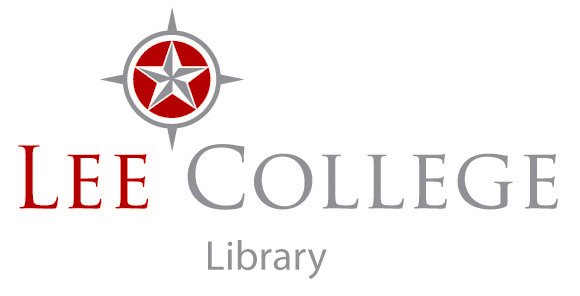
Campus Contacts for OER Assistance
Samantha Johnson
Instruction / Faculty Outreach Librarian
281-425-6380
Will Mayer
Distance Education / E-Resources Librarian
832-425-4512
What does OER mean?
Open Educational Resources (OER) are a subset of Open Access Materials (OA). Sometimes the terms are used interchangeably, although "OER" is specific to academic materials.
OER are:
- Educational and/or scholarly materials, including articles, books, textbooks, journals, etc.
- Published with the intent to make educational material more accessible to all
- Available online
- Usually free of cost to view, download and use
OER are not:
- Completely without any use restrictions
- Regulated consistently throughout the world
- Free. BUT the cost of OER is borne by the creator or creator's institution, not the user.
OER might be:
- Restricted to a specific user population
- Embargoed by a publisher for a certain length of time
- Peer-reviewed, so it is your responsibility to check
Why to Use OER
There are both practical and ethical reasons that academics may choose to create, share and use OER:
- Academic Freedom: authors can publish material without being vetted by an institution and without regard for market demand.
- Cost: most OER are available at no cost to the user.
- Access: OER are accessible through an Internet connection.
- Support the free flow of information and research: materials are not hidden behind pay walls or subscriptions.
- Equity: Scholars are able to access research materials regardless of the wealth of their institutions.
- Flexibility to customize and easily update materials: some OER creators allow users to modify and/or excerpt their work to use in their teaching endeavors.
Image Credit: The 'Encyclopedia' of Denis Diderot. Encyclopedia Britannica ImageQuest. https://quest.eb.com/search/108_244049/1/108_244049/cite. Accessed 5/14/2019.
